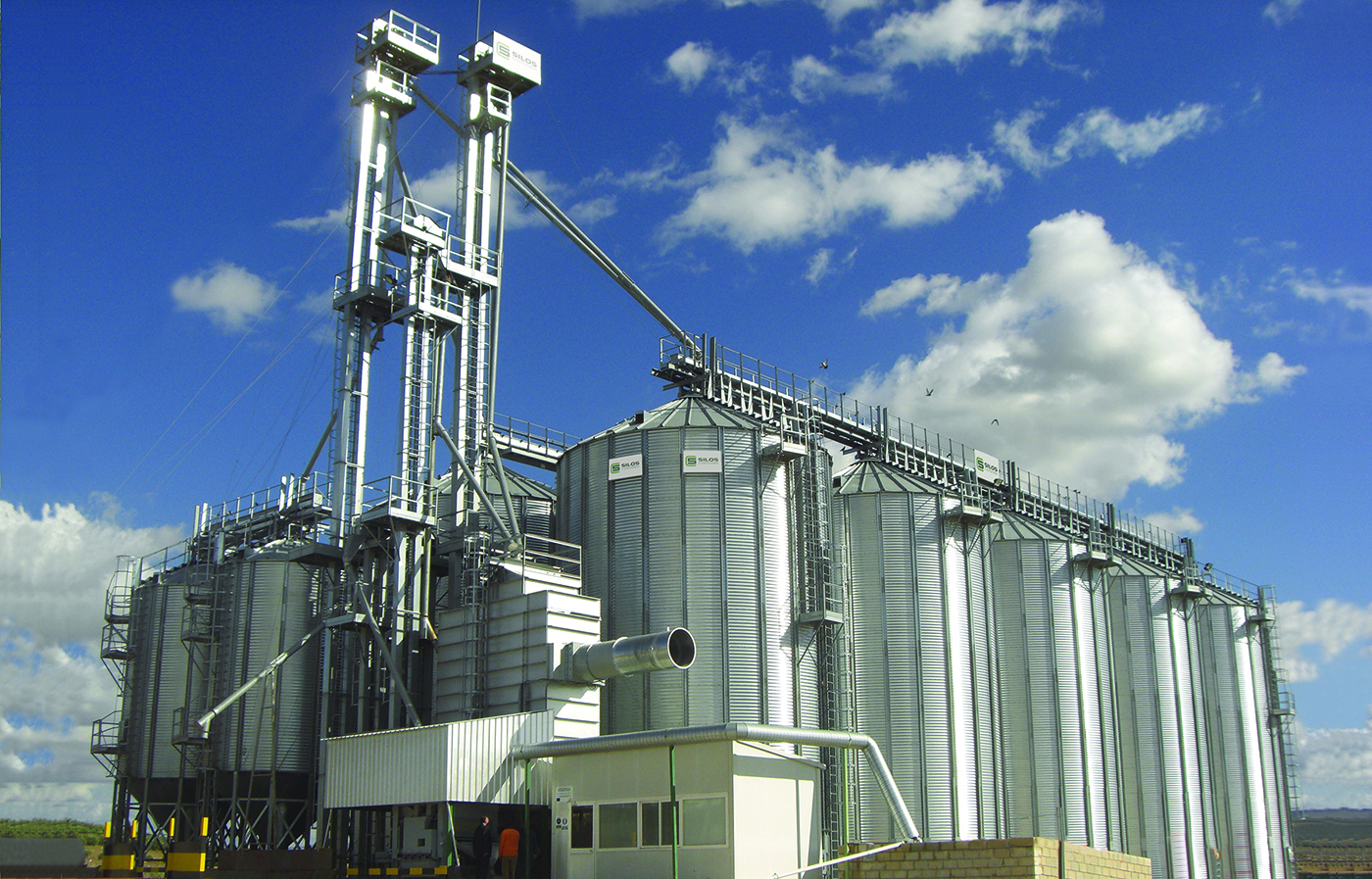Having your own silo plant for storing the harvest provides producers with an additional margin.
Over time, producers have focused on increasing yields and reducing production costs—ultimately maximizing the productivity of various crops through optimal combination and rational use of inputs, adopting new management techniques, and integrating machinery, agrochemicals, fertilizers, hybrids, etc.
Furthermore, having your own silo plant for storing the harvest allows for an additional margin to production.
The main advantages of having your own silo plant include:
• Better control and planning of harvest and transportation.
• Maintaining physical control of grains, ensuring greater security in payment.
• Improving the quality of grains at the source.
• Anticipation of the harvest.
• Greater control over weight and quality of shipments to destination.
• Better transportation rates.
• Increased flexibility in choosing marketing channels and destinations.
• Improving marketing conditions, i.e., being able to sell grain at a better price than during the harvest season.
• Reducing intermediary costs.
However, when deciding to build a silo plant, one must also consider the immobilization of capital in fixed assets. This investment is generally significant, being a long-term commitment where once built, it cannot be easily relocated or extensively modified, allowing no room for errors.
Therefore, it is crucial to define the design and sizing of the storage plant very carefully. Also, since grains processed in the plant are a major source of human food, proper handling and conservation are essential to maintain their nutritional and economic value at minimal cost.
In the agriculture of the future, product differentiation, especially in terms of quality, will be critical to obtaining a premium over traditional commodity prices, with storage playing a pivotal role in this regard.
Lastly, while the plant offers operational and economic advantages, these depend not only on proper operational management but also on efficient technical management and significant dedication to commercial aspects.
More information and references: Revista Crea, Revista Agro, Oklahoma Cooperative Extension Fact Sheets, Grains Research and Development Corporation.

